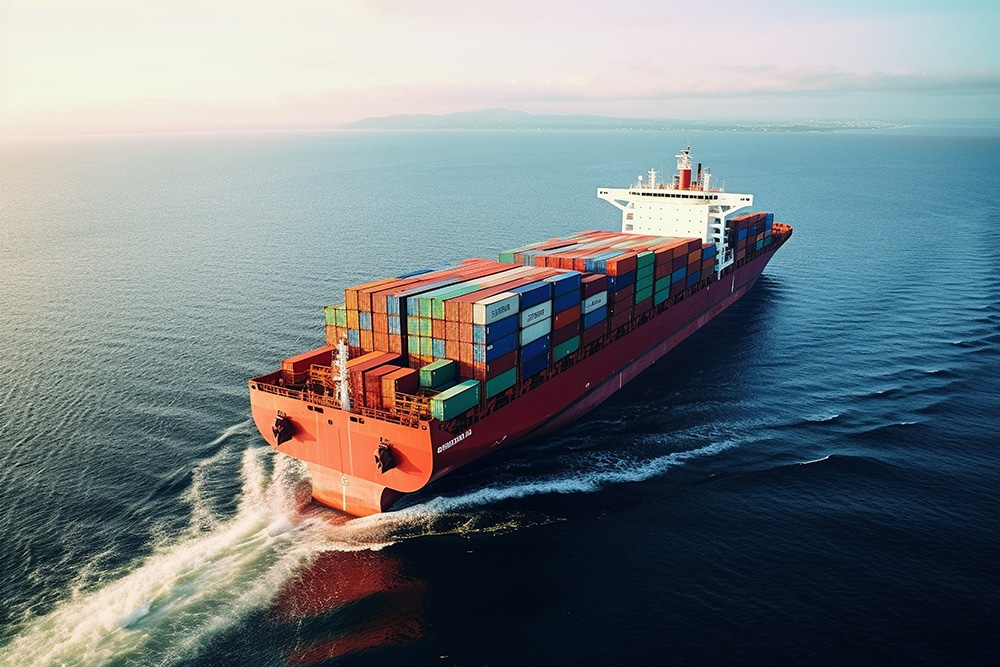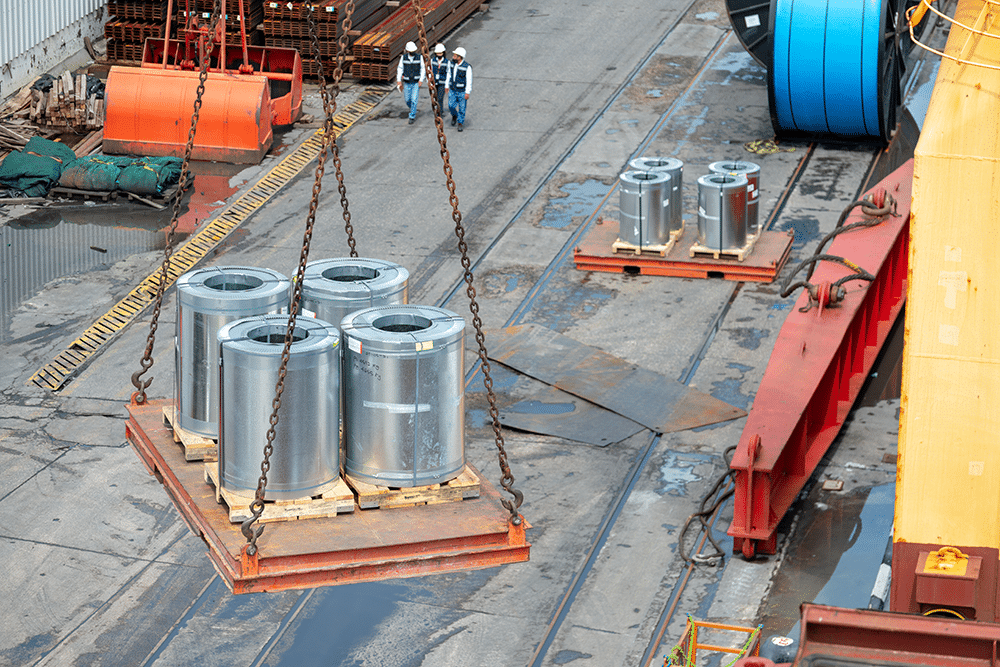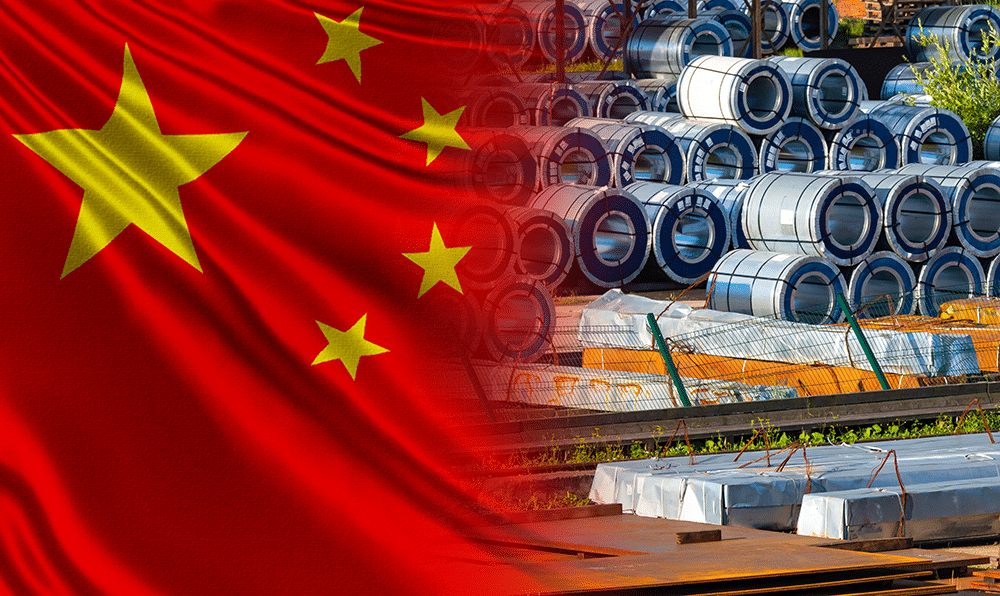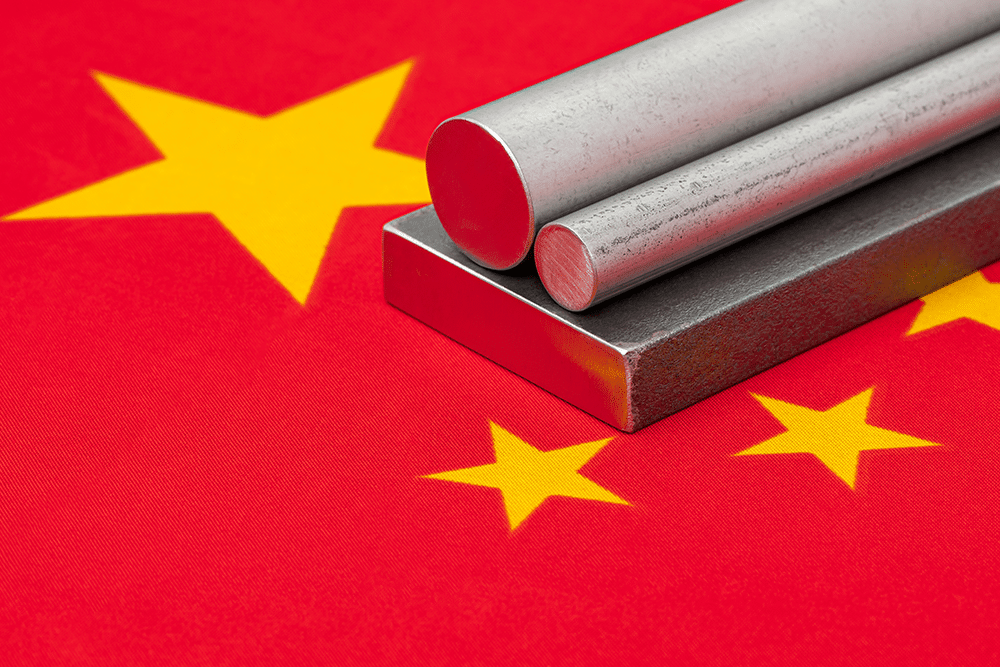Are we seeing the first offshoots of a recovery in China’s steel industry? Some media outlets report that Chinese steel output turned positive for the first time in four months. This comes in the wake of the government’s efforts to restart the domestic economy, coupled with an improvement in demand for steel.
In late September, China introduced stimulus measures to boost its economy, leading to higher steel prices and improved margins for steelmakers. Now, some steel sector observers believe this tactic could be bearing fruit.

Improved profit margins enabled steelmakers to boost production, reaching 81.88 million tons (MT) this October. According to data released by the statistics bureau, this represents a 6.2% increase from September and is 2.9% higher than the same month last year. Meanwhile, the year-to-date decline in output compared to 2023 has now narrowed to 3%.
While many mills are still operating at a loss and weak demand from the property sector persists, analysts attribute the rise in production to increased orders from manufacturing, state-backed construction projects and a surge in exports.
Exports Continue to Rise, But Will The Trend Continue?
China’s steel exports rose to 11.18 million tons in October 2024, marking a 10.1% increase from the previous month and a significant 40.8% surge compared to October 2023. This was also the highest recorded figure in the last nine years.
Steel exports in the first ten months of 2024 surged 23.3% year-on-year to 91.89 million tons, surpassing the 90.26 million tons recorded in 2023. Some analysts predict that this figure will likely exceed 100 million tons by year’s end.

Meanwhile, China imported 536,000 tons of steel products in October, a 3.25% decline from September and a 19.76% drop from October 2023. Total imports from January to October reached 5.72 million tons, reflecting a 10.1% decline compared to the previous year.
Unlock valuable steel industry insights to save you the most on COGS. Get the latest news and trends in the global steel industry and more with MetalMiner’s Weekly Newsletter.
As Steel Mills Continue to Target Exports, Dumping Concerns Grow
Incidentally, China is not only one of the biggest producers of steel, but its domestic consumption also used to be the highest in the world. That was until the economy slowed down. Still, the country continues to be the world’s largest steel exporter, which is why Chinese steel mills are still meeting their production figures and producing steel in surplus.

The idea is to bypass the weak domestic demand by stepping up on steel exports, but this continues to raise concerns about potential dumping. Several countries, including India, Japan, Turkey and Indonesia, have been complaining about Chinese steel dumping, with some of them implementing measures to safeguard their domestic steel industries from the influx of cheap Chinese steel.
China’s Steel Industry Still Aiming For Developing Markets
The Chinese steel industry export strategy is clear: send steel to developing markets in the neighborhood. The country primarily exports steel to nearby developing economies that require large-scale infrastructure development. Countries in Southeast Asia, South Asia and the Middle East have seen the largest rise in imports this year, with many being part of Beijing’s Belt and Road initiative. However, even these nations are being overwhelmed and are responding by increasing trade barriers.
However, some experts feel this strategy may not last beyond this year. A quick look in the rear-view mirror shows that Chinese steel has a history of sparking trade tensions. Based on data from Beijing’s commerce ministry, importing countries launched a total of 25 anti-dumping investigations in 2024 – the highest since 2016.

If this pattern persists, experts anticipate a significant drop in sales. One Business Standard report quoted Bloomberg Intelligence analyst Michelle Leung as predicting that steel exports from China will likely come down by the end of 2026 as more trading countries initiate export controls, including tariffs, and overall steel production decreases.
Discover how MetalMiner Insights empowers you to tailor steel price points, source efficiently and boost ROI for your specific metals, grades, and forms. Learn more.
U.S. Trade with China Could Change Dramatically Under Trump
One market where Chinese steelmakers may be hoping to see an improvement in exports is the United States, where analysts expect the steel industry to see steady growth for the rest of the decade. But although the demand for steel will likely grow, trade tensions could pose a significant hurdle, especially with the election of Donald Trump as the next President.

Moreover, any fresh emphasis on exports with an eye on renewed American manufacturing activity could run into rough weather because of Chinese steel dumping. Investors are concerned that Trump’s re-election could trigger another trade war. While China doesn’t directly sell much of the alloy to the U.S., at least one report suggests that protectionist measures could spread throughout global steel markets, disrupting international trade.
Are you under pressure to generate steel cost savings? Make sure you are following these 5 best practices for sourcing metal.




